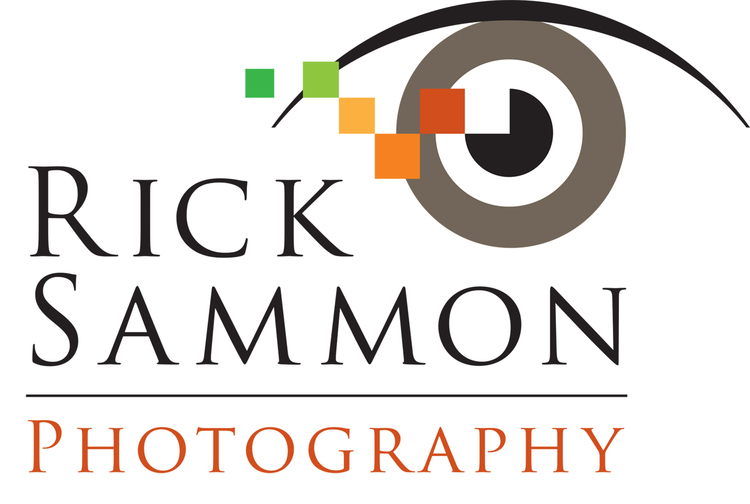All this week on my blog: Canon 5D Mark III photographs from my Light workshop in Alaska with Hal "Bull" Schmitt aboard the Northern Song. Scroll down for previous posts about our Alaska workshop.
Tip #1: All the shots in this series of post were hand-held. All the shots were cropped . . . and still look great, even when enlarged, thanks to the image quality of the camera's sensor. (Those who know me know that I am a nut about cropping.) Cropping is key.
Tip #2: As you'll notice, the entire scenes are in focus in all these images. To achieve that goal: use a wide-angle lens, set a small aperture, and focus 1/3 into the scene.
Gear for these images:
Canon 5D Mark III
Canon 24-105mm IS lens
Tiffen Polarizing filter.
Click here to see all my gear.
All these black-and-white images were created in Nik Silver Efex Pro. For a discount on all Nik plug-ins, click here.
Tip #3: Why black and white? Well, when you remove the color from a scene, you remove some of the reality. When you remove some of the reality, your pictures can become creative and artistic. I talk about stuff like this in my seminars.
Tip #4: Speaking of cropping, that's the subject of today's post. I crop, first, for three reasons:
1) to draw more attention to the main subject by cropping out the boring stuff in a frame;
2) to prevent dark and light areas around the main subject from affecting my digital darkroom exposure and color decisions of the main subject;
3) I can't always get the best composition in camera. Composition, after all, is the strongest way of seeing.
Tip #5: You'll notice that all of these photographs have a foreground element. A foreground element adds a sense of depth to a two-dimensional photograph.
I have found in my on-line portfolio reviews that many, many shots can be improved with a bit o' cropping.
Hal and I hope to see you in Alaska aboard the Norther Song, whose master and commander is Captain Dennis Rogers. The best of the best.
Explore the light,
Rick
